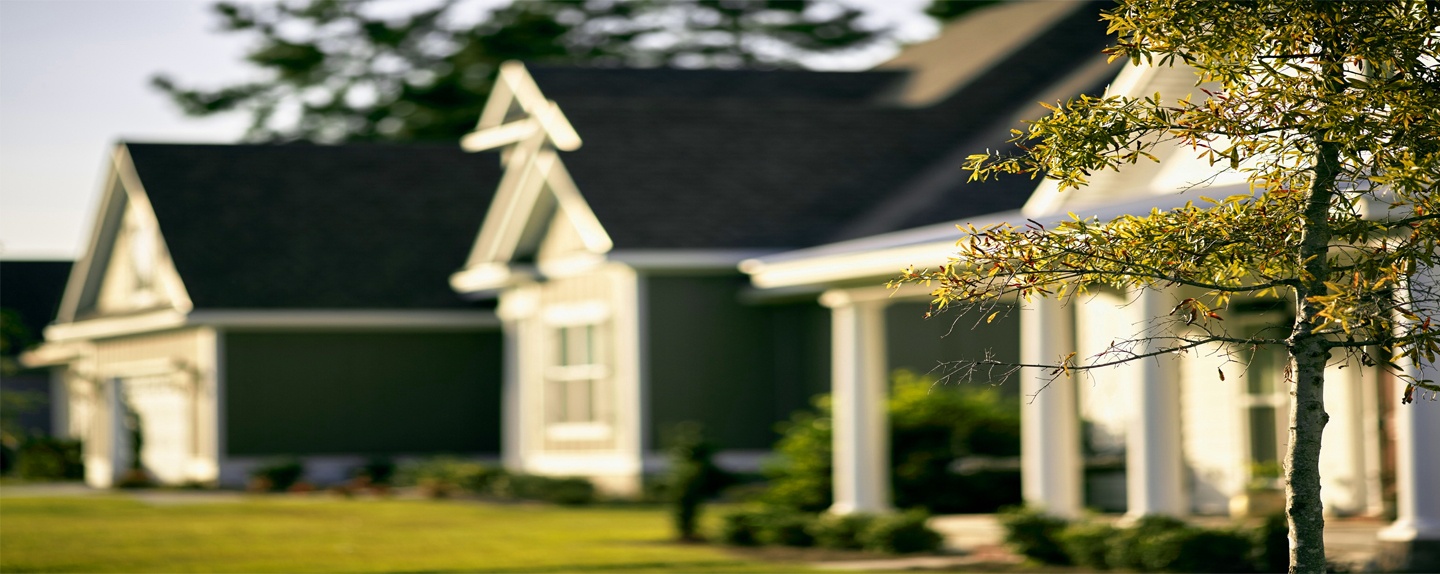Snow Mold is the common name for various diseases that occur on turf grass over the winter. They typically develop under conditions that allow for 90 days or more of continuous snow-cover though many other factors can also play a role.
What Not To Do This Winter
Minimize compaction of snow by snowmobiles, skis, and animals and even the kids playing in the yard if possible. Compacted snow won’t melt as easily and can lead to the formation of a sheet of ice on the turf. This can also cause freeze injury to the grass.
Prevent the formation of large snow drifts by proper placement of snow fences, wind barriers, or similar structures. Try not to make your own snow drifts with your snow blower or snowplow. Disperse any drifts that do form as conditions permit.
What To Do In The Late Winter/Spring
Promote rapid drying and warming in the spring by snow removal and improving drainage. Removing snow from the lawn can be as simple as shoveling some onto the asphalt surface on a sunny day and letting it melt. Reducing the depth of the snow will mean faster melting in the spring.
Promote new growth in the spring with light fertilization and reseed affected areas if regrowth does not occur. If you seed in patches, be sure to mark them for your lawn technician so the crabgrass preventer doesn’t interfere with seed germination.
What To Do Next Fall
Heavy applications of quick-release nitrogen in late fall should be avoided. Slow release forms are recommended for best results. Core aeration in the fall will help improve water infiltration and reduce thatch. Gradually reduce your mowing height from 3 inches in summer to no more than two inches by your last cut. Continue to mow the grass until growth ceases.
Get More Info From The Pros!
Looking for more information on snow mold or just ready to let the professionals take over your lawn care needs? The Grassmaster Plus team is ready and willing to answer any questions you have and can provide you a free quote on your lawn care services for the season. Contact our local office today!

